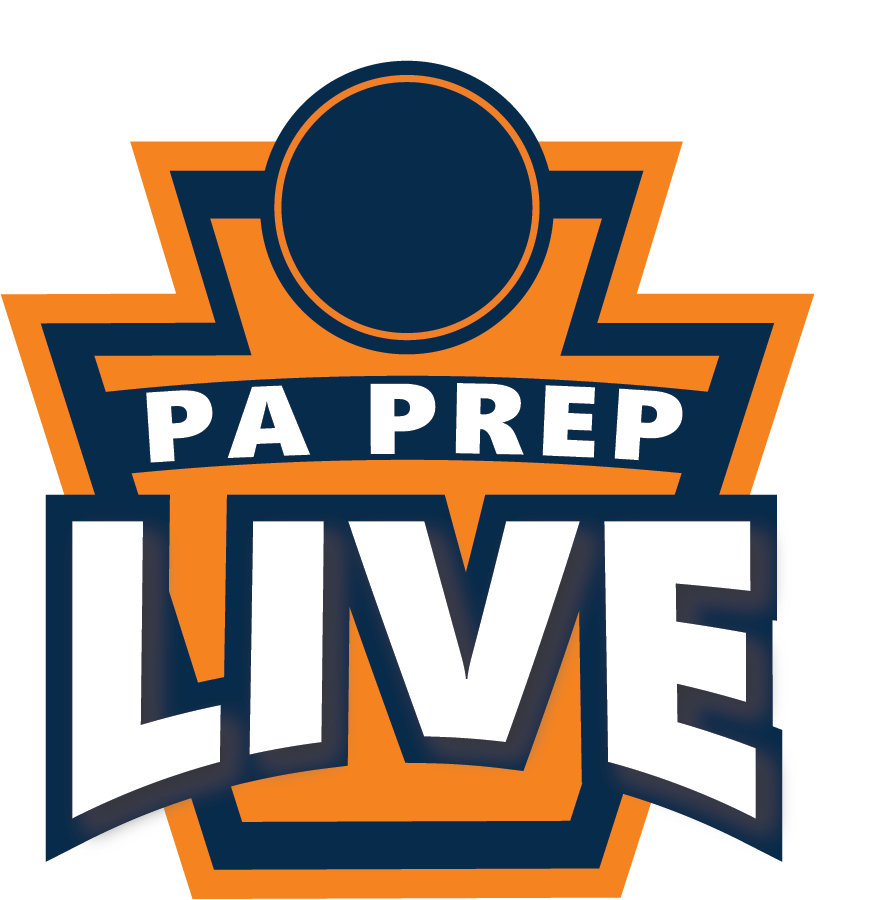
Friends’ Schools League adopts 35-second basketball shot clock
Picture your basketball team holding a slim lead with time winding down in the game, and the coach has called for you to hold the ball and let the opposition foul you. Normally that would be the perfect game plan.
However, if you are an Friends’ Schools League team, you have to re-think that plan this season, due to the FSL making the decision to adopt a 35-second shot clock for league games.
The exception is when Moorestown Friends is the home team – NJSIAA rules prohibit Moorestown Friends from using a shot clock.
The 35-second shot clock is being implemented starting with the FSL-Inter-Ac Challenge Nov. 30-Dec. 1. Any FSL team hosting non-league games this year will reach out to any non-PIAA opponent and provide an option of playing with or without the shot clock.
“If we are truly trying to prepare our players for the next level, then playing with a shot clock is a great way to simulate the college game,” said Friends’ Central boys’ basketball coach Ryan Tozer. “It will force our players to process everything that goes on in a game quicker and make faster decisions given the time constraint.”
Shipley girls’ basketball coach Sean Costello added, “Adding the shot clock to our league play has been something many of the FSL girls’ basketball coaches have been in favor of for some time now. The college game has a shot clock and many other states at the high school level have a shot clock.
“It is a great way to reward good defense and make end of game situations far more competitive. We are thrilled the league has decided to help prepare our student athletes for the next level.”
“End of game situations will be much more interesting this season,” said Tozer. “Teams won’t be able to hold the ball with a lead late, therefore we will spend a lot more time working on end game situations and installing more quick hitters to get good shots late in the shot clock. You won’t necessarily have to foul intentionally late in games anymore. I think it will be a huge adjustment. It is one more thing for coaches and refs to manage throughout the game.”
The committee that worked on the shot clock rules – a group of FSL coaches and athletic directors – used a model already in place at the collegiate level and made some minor modifications.
The shot clock period begins when the ball is legally touched on a throw-in or when team control is established or reestablished after a loss of team control.
A shot clock violation occurs when a shot attempt has not been made prior to the expiration of the shot clock. The ball must leave the shooter’s hand prior to the sound of the shot clock horn.
The shot clock will reset to 35 seconds when: A change of team control occurs; a jump ball occurs and possession is changed; a personal foul is called; or an attempted shot attempt hits the rim.
The shot clock starts once the ball is legally touched on ensuing throw-in; a missed shot hits the rim, striking the ring or flange and team control has been established. On a miss, the shot clock starts once team control has been established.
Officials make the final decision regarding attempted shots beating the shot clock and whether attempts strike the rim to create a reset.
The shot clock does not reset when: There is a loose ball situation or defensive deflection which results in the offense maintaining possession; a double foul is called; the game clock is stopped due to an injured player; a timeout has concluded; when the ball is thrown at the wrong basket; or when a shot is attempted and does not touch the rim.

